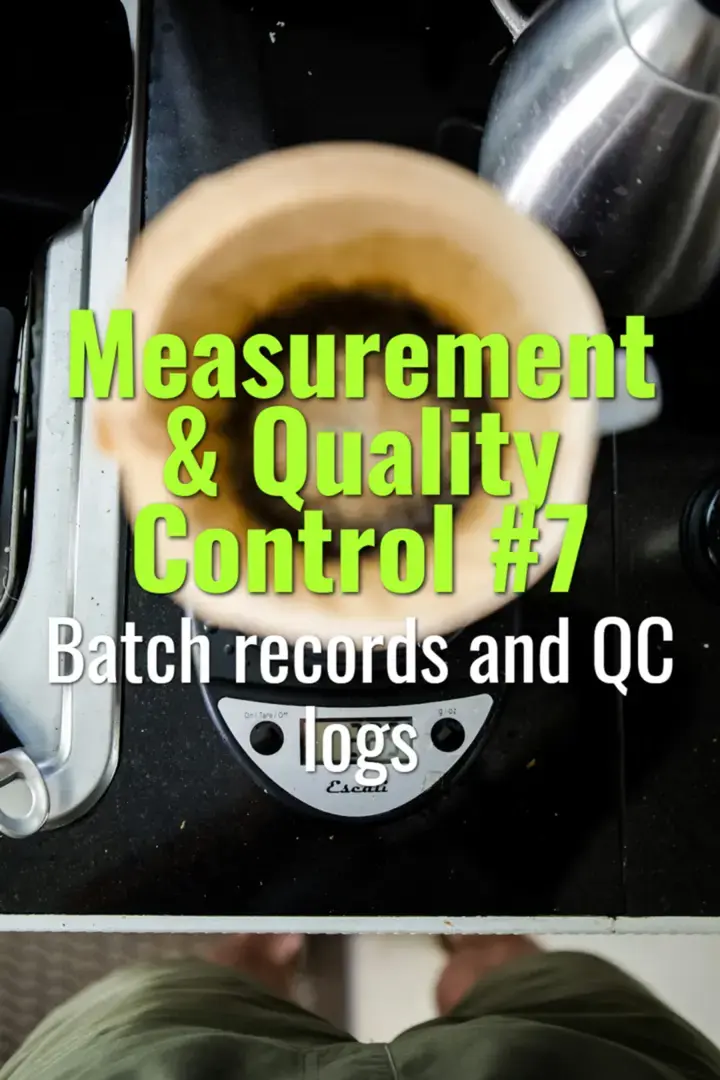Batch records and QC logs
How to use batch records and QC logs to maintain consistency, traceability, and continuous improvement in coffee quality.
- Coffee Basics Nerds
- 1 min read
Article 7 of 12 in Measurement & Quality Control/

Batch Records
- Purpose: Document every step of coffee production—from green coffee intake to roasting, grinding, and brewing.
- Contents:
- Date and batch ID.
- Green coffee origin, lot, and storage conditions.
- Roasting parameters: charge temperature, development time, end temperature.
- Grind settings, brew ratios, and water chemistry.
QC Logs (Quality Control Logs)
- Purpose: Track sensory, physical, and chemical quality checks across batches.
- Entries May Include:
- Cupping scores and notes.
- Refractometer TDS and calculated EY.
- Moisture content and water activity for green and roasted beans.
- Defect counts (quakers, broken beans, roast defects).
Benefits
- Traceability: Enables identification of issues back to specific lots or parameters.
- Consistency: Helps reproduce successful profiles and avoid repeated mistakes.
- Compliance: Provides documentation for audits, certifications, or customer assurance.
Best Practices
- Use standardized templates for ease of comparison.
- Digitize records when possible for data analysis and sharing.
- Review logs regularly to identify trends and improve processes.
Summary
Maintaining detailed batch records and QC logs ensures quality consistency, supports traceability, and enables data-driven improvements in coffee production and brewing.
You might also like:
- Tags:
- Green Coffee
- Best Practices
- Quality Control
- Cupping Scores
- Moisture Content
- Water Activity
- Coffee Production
- Charge Temperature
- Water Chemistry
- Storage Conditions
- Qc Logs
- Defect Counts
- Roasted Beans
- Quality Consistency
- Data Driven
- Brew Ratios
- Grinding Brewing
- Grind Settings
- Roasting Grinding
- Roasting Parameters
- Broken Beans
- Beans Roast
- Ensures Quality
- Specific Lots